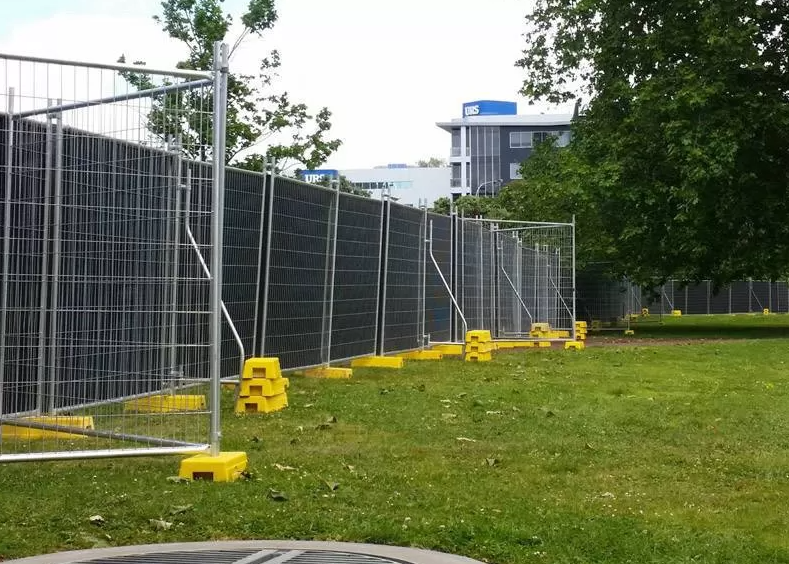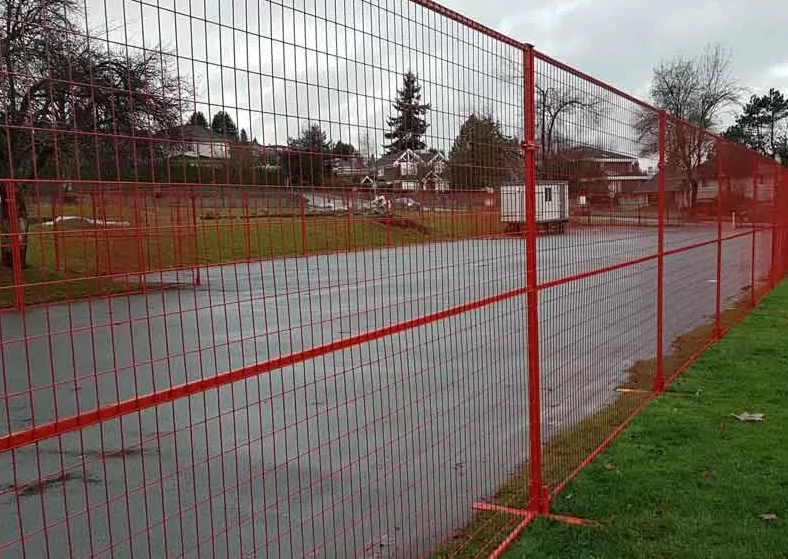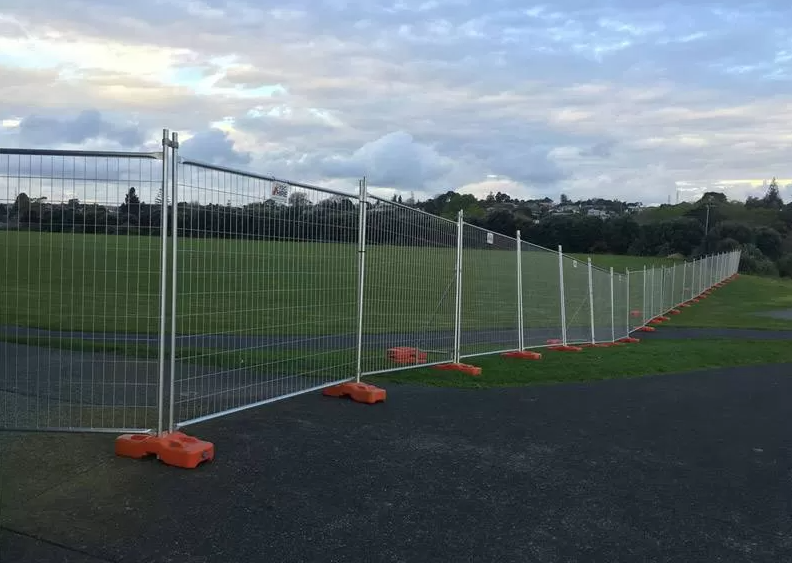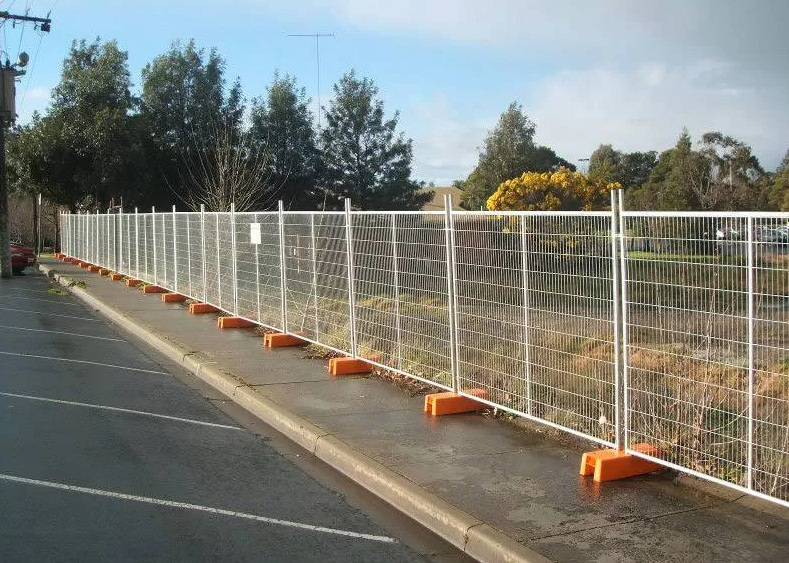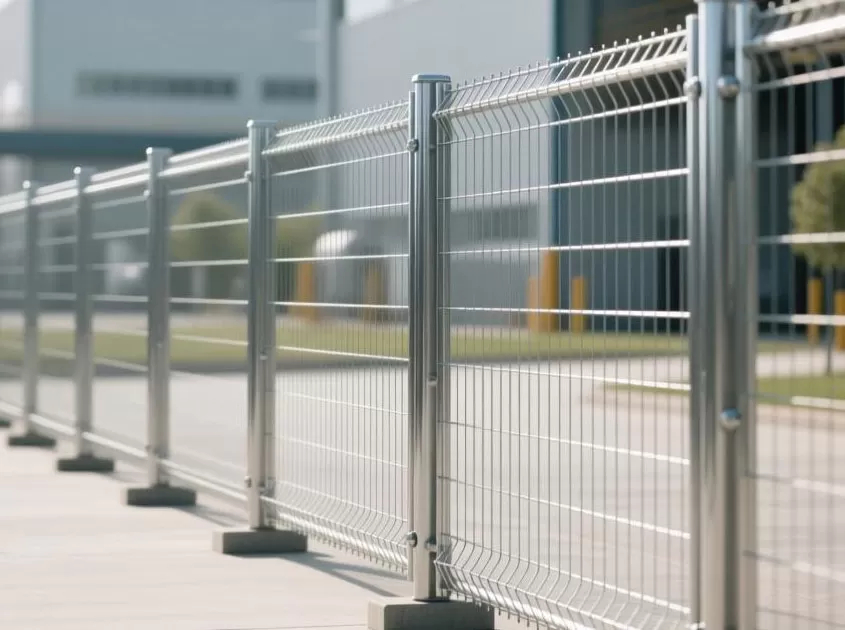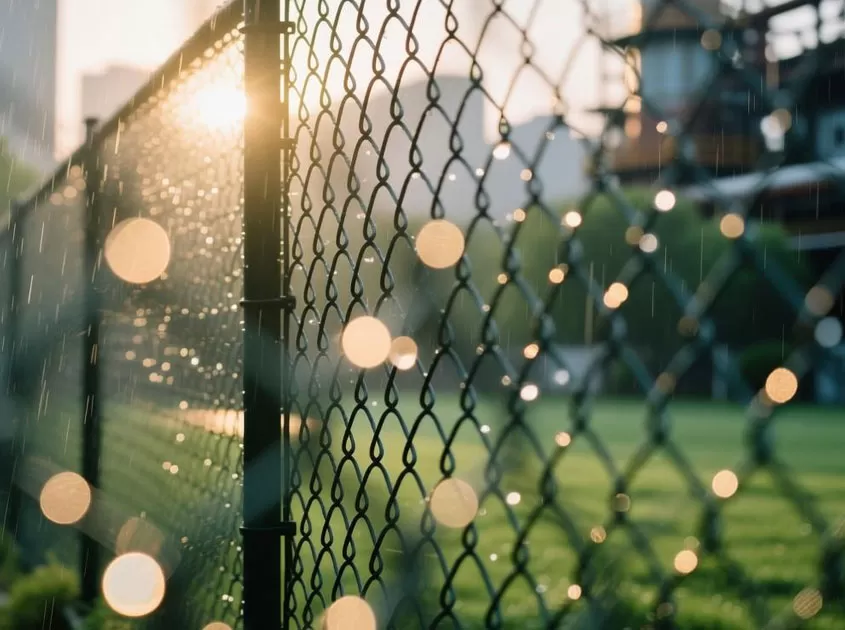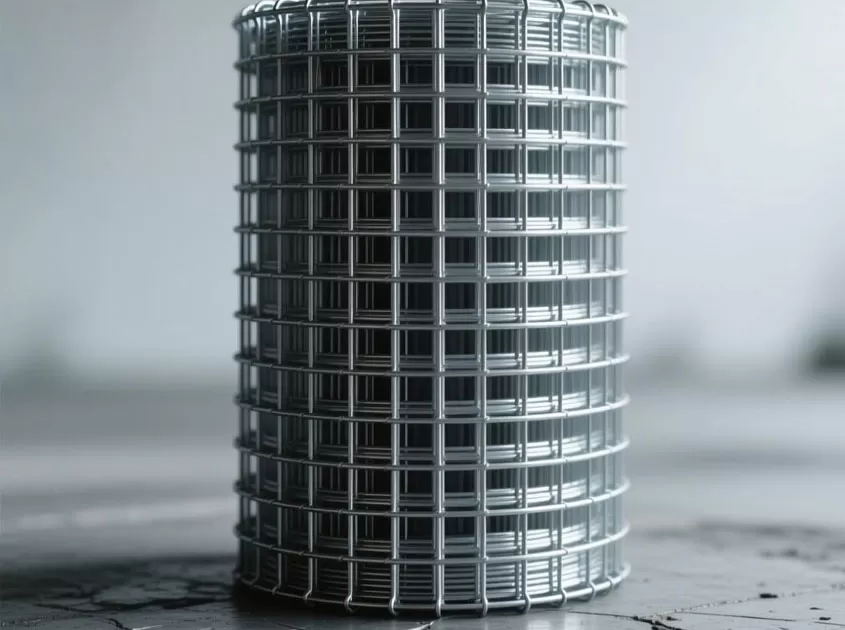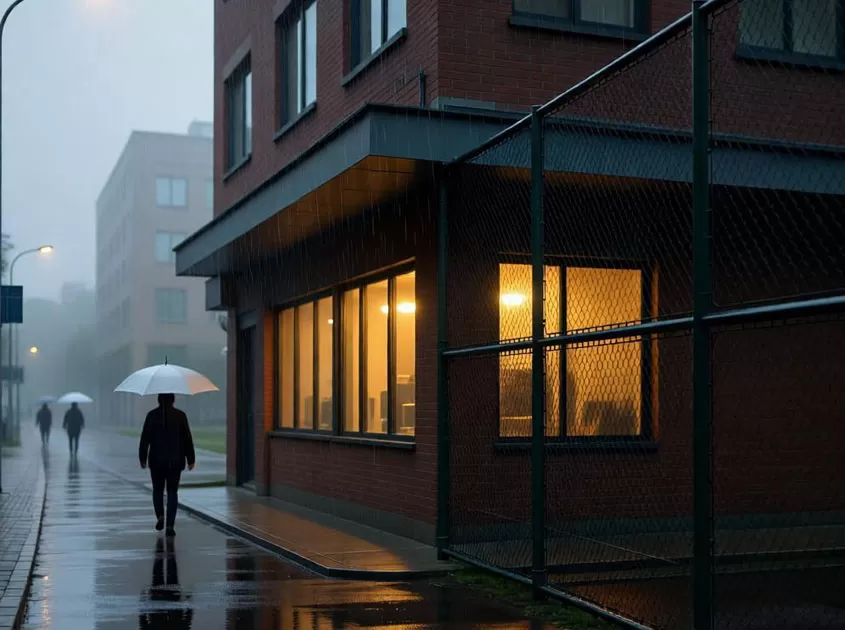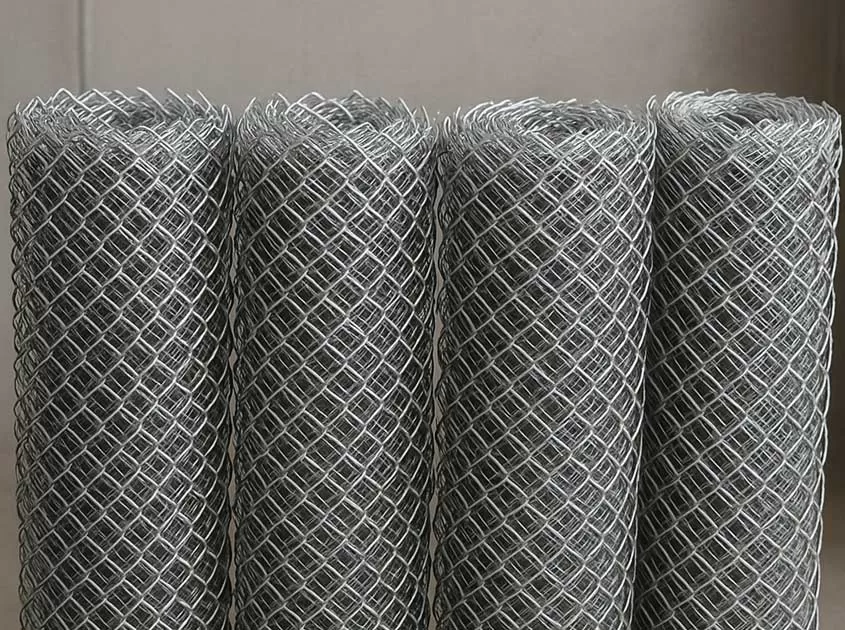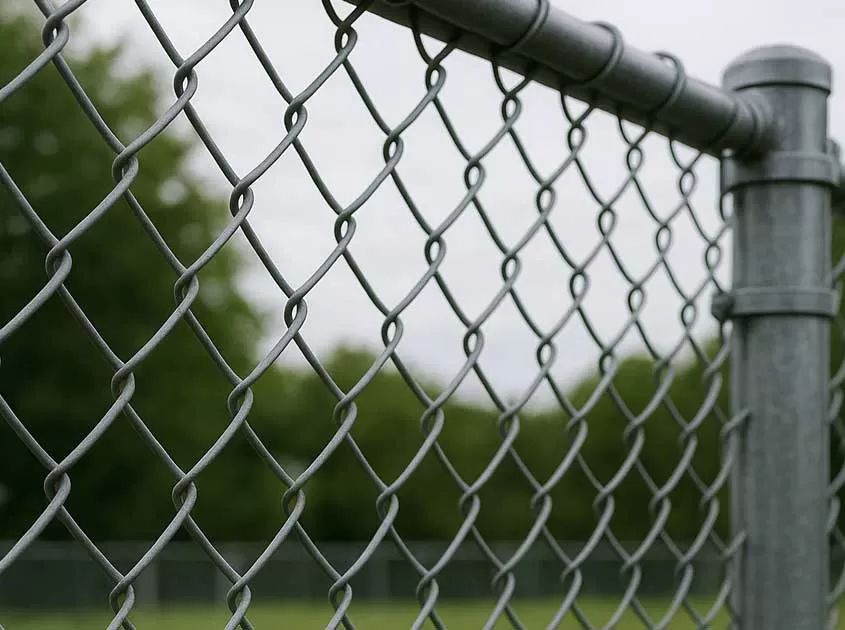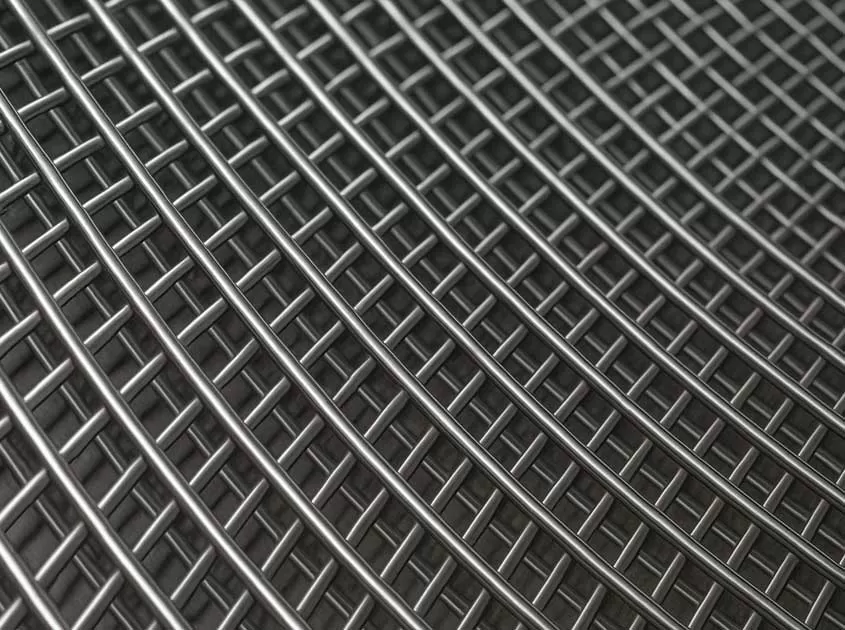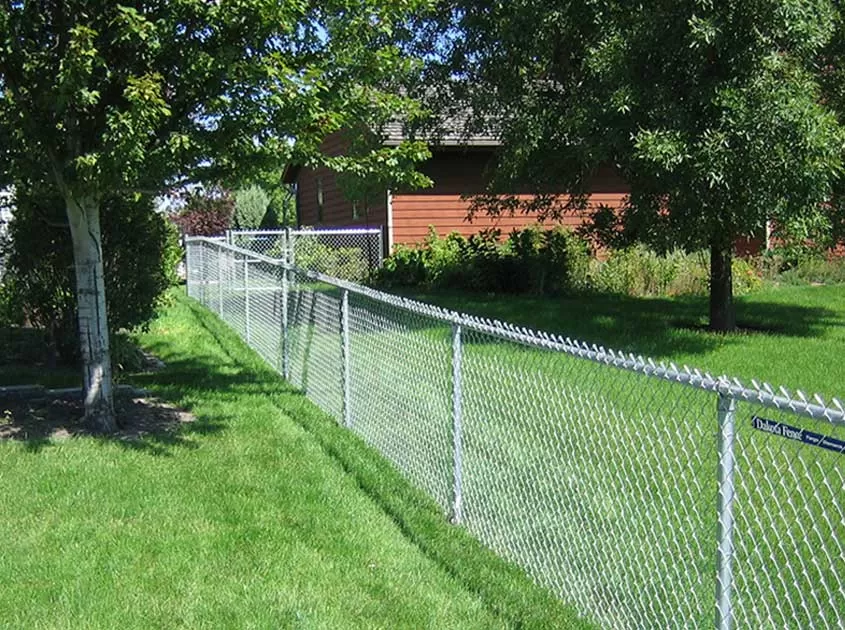How to Choose the Right On-Ground Fencing Solution?
Construction sites are inherently hazardous environments due to heavy machinery, moving vehicles, and workers performing high-risk tasks. Ensuring the safety of workers, visitors, and the general public is crucial to avoid accidents and mitigate risks. One of the most effective ways to enhance construction site safety is by implementing on-ground fencing solutions. This article explores the importance of safety fencing at construction sites, the different types of on-ground fencing solutions, and the benefits they offer in creating a secure and compliant work environment.
1. Why is On-Ground Fencing Crucial for Construction Sites?
On-ground fencing serves as a critical barrier between the construction site and surrounding areas, offering several key safety benefits. Here’s why it's essential for construction sites:
Restricting Unauthorized Access: On-ground fencing ensures that only authorized personnel enter the construction site, preventing unauthorized individuals from wandering into potentially dangerous zones. This reduces the likelihood of accidents involving the public.
Protecting Workers: Fencing helps protect workers from external distractions and potential hazards outside the site, such as traffic, by clearly demarcating the boundaries of the work area.
Preventing Theft and Vandalism: Construction sites often house valuable equipment and materials that can be vulnerable to theft. A strong, secure fence acts as a deterrent, reducing the risk of theft and vandalism.
Ensuring Compliance with Safety Regulations: Many regions have strict construction site safety regulations that require perimeter fencing to minimize risks and ensure the safety of everyone involved. On-ground fencing helps businesses comply with these legal requirements.
Incorporating on-ground fencing into construction site safety measures is not only a best practice but also a crucial step toward maintaining legal and ethical standards on the job site.
2. Types of On-Ground Fencing Solutions for Construction Sites
There are various types of fencing solutions available, each designed to suit different needs, site conditions, and levels of security required. Let’s take a look at the most common options:
Chain Link Fencing: One of the most popular and cost-effective fencing options for construction sites, chain link fences provide a clear perimeter, while allowing visibility. These fences are durable and can be reinforced with barbed wire or privacy slats for added security.
Mesh Fencing: Mesh fences offer higher levels of security than chain link fences due to their dense, hard-to-climb structure. These fences are often used for sites with high-value equipment or when additional protection is required.
Wooden Fencing: Wooden fences provide a more aesthetic solution, offering better privacy than chain link or mesh fencing. They are suitable for residential construction sites or projects where appearance is a key consideration.
Temporary Fencing: Often used for short-term construction projects, temporary fencing is easy to install, relocate, and dismantle. These fences are typically made from lightweight materials, such as plastic or aluminum, and are ideal for controlling site access and keeping the area secure.
Barrier Fencing: Made from solid or semi-solid materials, barrier fencing is designed for maximum security. It’s often used in areas with high risks of theft, vandalism, or trespassing. Barrier fencing is also ideal for providing safety around high-risk areas like excavations or machinery storage.
Each type of fencing offers different levels of security, durability, and visibility. The choice of fencing should depend on the specific requirements of the construction site, including the size of the project, the location, and the level of risk.
3. Key Benefits of On-Ground Fencing Solutions
On-ground fencing solutions offer numerous benefits that contribute to the overall safety, security, and efficiency of construction sites. Let’s look at the key advantages:
Improved Safety for Workers and Visitors: By securing the perimeter of the site, fencing helps reduce the risk of accidental injury to workers, pedestrians, and other site visitors. It keeps people out of dangerous zones, such as areas with heavy machinery or ongoing construction work.
Enhanced Security: Fencing is a deterrent to theft, vandalism, and trespassing. High-quality fences, especially those with added features like barbed wire or mesh inserts, can help protect valuable equipment and materials on site.
Clear Site Boundaries: On-ground fencing clearly defines the boundaries of the construction site, helping workers and visitors understand where they are allowed to go. This reduces the risk of confusion and accidents and ensures a more organized and controlled site.
Compliance with Local Regulations: Many regions require construction sites to have proper fencing to comply with safety regulations. Having a secure perimeter can prevent legal issues and fines associated with non-compliance.
Privacy and Noise Reduction: In certain projects, privacy and noise control may be important, especially in urban areas or residential settings. Wooden or solid barrier fences can provide both visual privacy and noise reduction, creating a safer and more comfortable environment for workers.
Overall, on-ground fencing solutions are an essential investment for construction sites, offering security, organization, and compliance, all while ensuring the safety of everyone involved.
4. How to Choose the Right On-Ground Fencing Solution?
Choosing the right on-ground fencing solution for your construction site depends on several factors. Here are some key considerations when making your selection:
Site Size and Location: Larger sites or those in busy urban areas may require more robust fencing to ensure both security and safety. Smaller, residential sites may only need temporary or lightweight fencing solutions.
Level of Security Required: If your construction site involves high-value equipment or materials, you may need to opt for a more secure solution like mesh fencing, barrier fencing, or chain link fencing with additional security features like barbed wire.
Duration of the Project: For short-term projects, temporary fencing might be the best option due to its ease of installation and removability. For longer-term projects, more durable solutions like chain link or wooden fencing may be more appropriate.
Aesthetic Considerations: If the site is in a location where appearance matters (e.g., residential neighborhoods), you might prefer wooden fences or decorative mesh fences that provide both privacy and a more attractive appearance.
Budget: The cost of fencing solutions can vary widely. Temporary fencing is generally the most affordable option, while barrier fencing and high-security solutions can be more expensive. Assess your budget and choose accordingly.
By considering these factors, you can select the most appropriate fencing solution for your construction site that balances security, safety, and cost-effectiveness.
5. Maintenance and Upkeep of On-Ground Fencing
Regular maintenance is essential to keep on-ground fencing in good condition and ensure it continues to provide effective safety and security. Here are some maintenance tips:
Inspect for Damage: Regularly check the fencing for signs of wear, damage, or deterioration, especially after storms or extreme weather conditions. Look for loose panels, broken sections, or bent wires.
Reinforce Weak Areas: If you notice any weak points in the fencing, such as loose bolts or sagging sections, make sure to reinforce them promptly to prevent breaches in the security perimeter.
Clean the Fencing: Keep the fence clean by removing dirt, debris, and overgrowth that may interfere with its effectiveness. This also helps maintain a professional appearance on the construction site.
Check Security Features: If your fence includes security features like locks, barbed wire, or mesh inserts, ensure that these are intact and functioning properly.
Monitor Access Points: Check gates and entry points regularly to ensure that they are secure and that access to the site is properly controlled.
Proper maintenance ensures that your on-ground fencing continues to provide maximum safety and security throughout the duration of the project.
Frequently Asked Questions About On-Ground Fencing Solutions
Q1: Can temporary fencing be used for long-term construction projects?
A1: Temporary fencing is generally best suited for short-term projects. For long-term construction sites, more durable options like chain link or mesh fencing are recommended for better security and longevity.
Q2: How do I ensure that my construction site fence complies with safety regulations?
A2: Familiarize yourself with local construction site safety regulations, which often require specific fencing standards. Consult with a safety expert or fencing supplier to ensure your chosen fence meets all requirements.
Q3: Can I install on-ground fencing myself?
A3: Depending on the type of fence , some solutions like temporary fencing can be installed by your team. However, for more complex or permanent solutions, it’s advisable to hire a professional fencing contractor to ensure proper installation and compliance with safety standards.
Q4: How do I maintain the security of my site with fencing?
A4: Regularly inspect the fence for damage, reinforce weak points, and ensure all security features, such as locks and barbed wire, are in good condition. Monitor entry points closely to prevent unauthorized access.
QUNKUN METAL is one of the professional China's leading suppliers of temporary fencing. We stock a wide range of fencing for different industries. Contact us for more info!
-
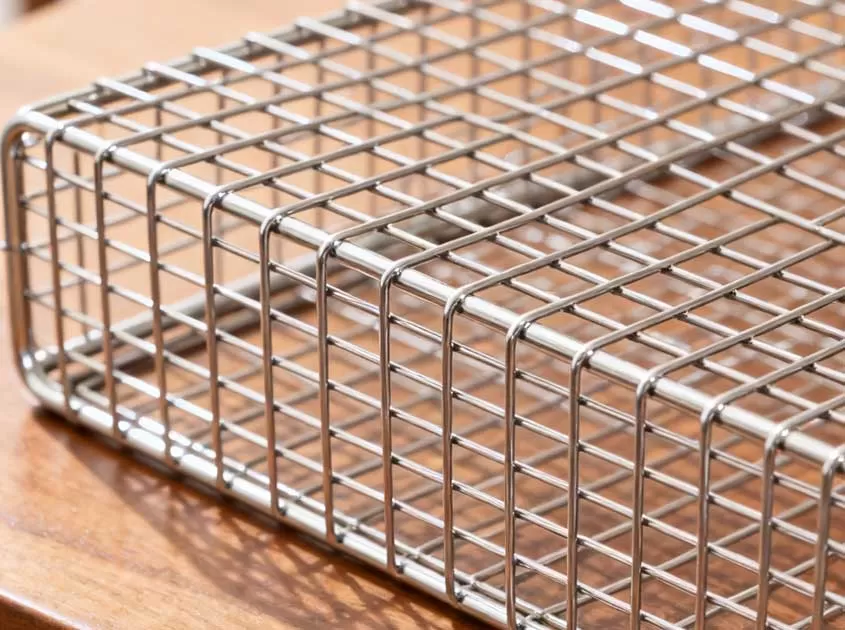 Corrosion-Resistant Stainless Steel Wire Mesh Oct 28, 2025
Corrosion-Resistant Stainless Steel Wire Mesh Oct 28, 2025

- Tel.: +86 311 83077076
- E-mail: sales@qunkunmetal.com
- Skype: qunkunsales01
- WhatsApp: 8618032412189
- Add.: No.69 The Filter Industrial Part of Anping, Hebei, China




